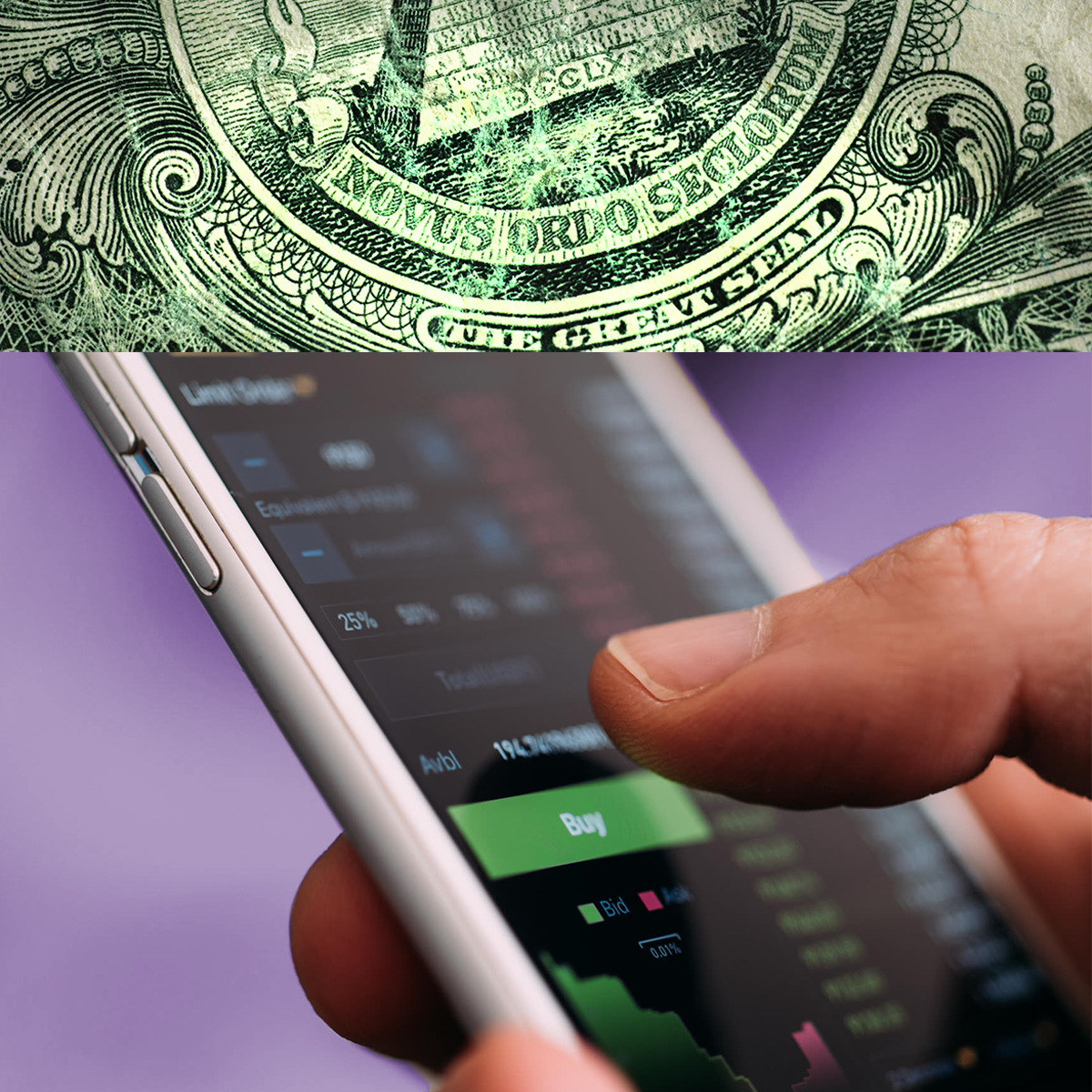Introduction to Blockchain
Andrew Wu gives a quick overview of blockchain, how they use data, and how they might be helpful.
Excerpt From

Transcript
This video has one goal, explain at the 30,000-foot level, what is a blockchain, and why they might be helpful. I'll share my view on this, which is not overly
technical and which I find useful in highlighting
its key features. If you're like me,
you probably first heard of the blockchain
technology through Bitcoin. Then you might have
learned something more about Ethereum, Ripple, and the large number of other cryptocurrencies
currently trading on the various exchanges. All of them essentially use
the same blockchain model, implemented using
different parameters. A blockchain is for
all intents and purposes, a
de-centralized database. As a user, you can
upload some data to it, and just like a database, they'll maintain the data and share it with whoever
you authorize, from the entire Internet
to a single sub address. This database has
two unique features that set itself apart from, say, a typical centralized
SQL based system like a web file server. First, once the data is uploaded, it's stored and arranged in a rather unique way, and second, because the system is
often decentralized, some type of consensus
algorithms have to be employed to make sure
that at the end of the day, everyone in the system received the same copy of the data
and there's no conflict. There could be a coin or a token floating on the blockchain, like Bitcoin to facilitate
value transfers, but that's not always necessary, and the token is just the
type of data that you can upload to the
blockchain "database." We'll go over all these
features in subsequent videos, and you'll see that the key
distinguishing feature of different blockchain
systems like Bitcoin versus Ethereum is number one, the type of the data that you can "upload" to the blockchain, and number two, how consensus is reached between parties
in the network. The stated goal of most
blockchain innovations is usually to achieve
some level of trust and a system integrity
in some type of financial or physical
transactions without involving a central
intermediary like a bank. Instead, the task of
the bank will be spread out to the network of nodes
comprising the blockchain. Usually, in the
marketing pitches, you'll hear several
key buzzwords, like fast transaction
verification, and ownership tracking,
data immutability, tamper resistance, and so on. As you'll see later
in this module, some of these claims
are true, some are not. So let's have a
high-level illustration of how a blockchain
works graphically. I'm sure that most
of you have used a cloud-based document
storage system like Dropbox or Google Drive, which are essentially
centralized databases maintained by these companies. Suppose you write
a Word document in Google Doc that you want to share it with some colleagues. The document is just a piece of text data that you generate
using a client application, say a word processor on
your computer or a phone. Once you write it and upload it, it goes into say,
Google's file server, which receives it
and processes it by converting it into a file format that's compatible
with the database, and once the processing is done, the data is then stored
in the database, using some particular format, say SQL or Hadoop, which use particular
file types designed to facilitate fast searching
and fast data retrieval. A blockchain does a
very similar thing using a different process. Let's go back to the beginning. So you want to upload some data on the blockchain instead. As usual, you use your client application
to generate the data, and just like your
word processor, the client app generating
these data like a Bitcoin wallet is usually
not part of the blockchain, and the next step is where
the key differences begin. Instead of uploading it to Google server, on a blockchain, you're essentially
broadcasting your data to a entire peer-to-peer network
of connected computers, which are called nodes,
and collectively, these nodes takes on the role of the single
database server. They first receive the
data in a peculiar way, then collectively
"process" the data, using the consensus algorithm,
and once processed, the data will again be
stored on the blockchain "database" using the unique
chained data structure that we mentioned earlier. We'll you use four
videos to look at each of these four
steps in detail, in the order of
conceptual difficulty. We'll first look at
the client side, that is the client identities
on the blockchain. Then, we'll talk about the
unique chain data structure, which again makes data
searching easier. Third, we'll look
at how the network receives the data, and finally, we'll look at how the
network processes the data, using consensus, which is
often the most difficult part.